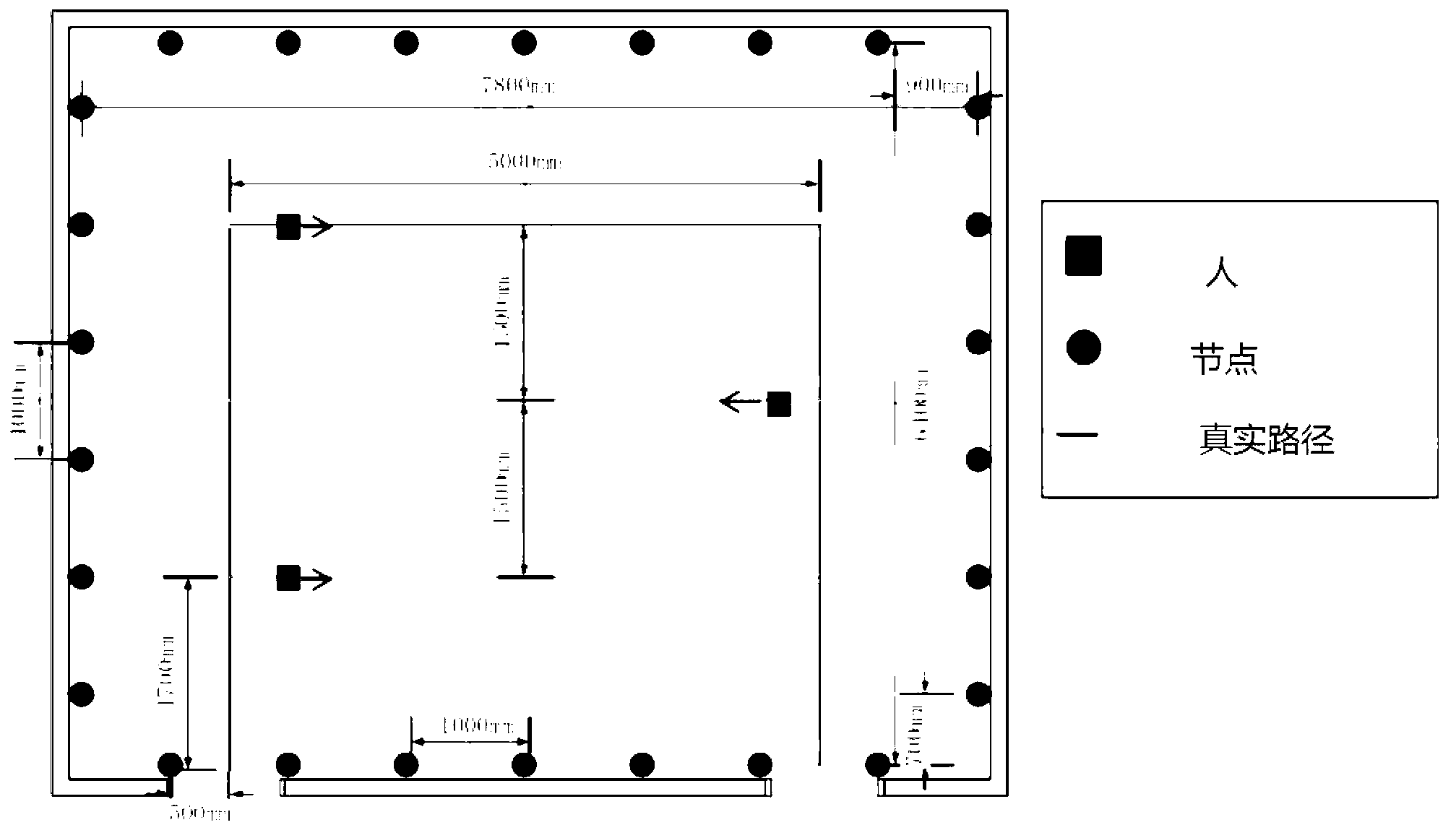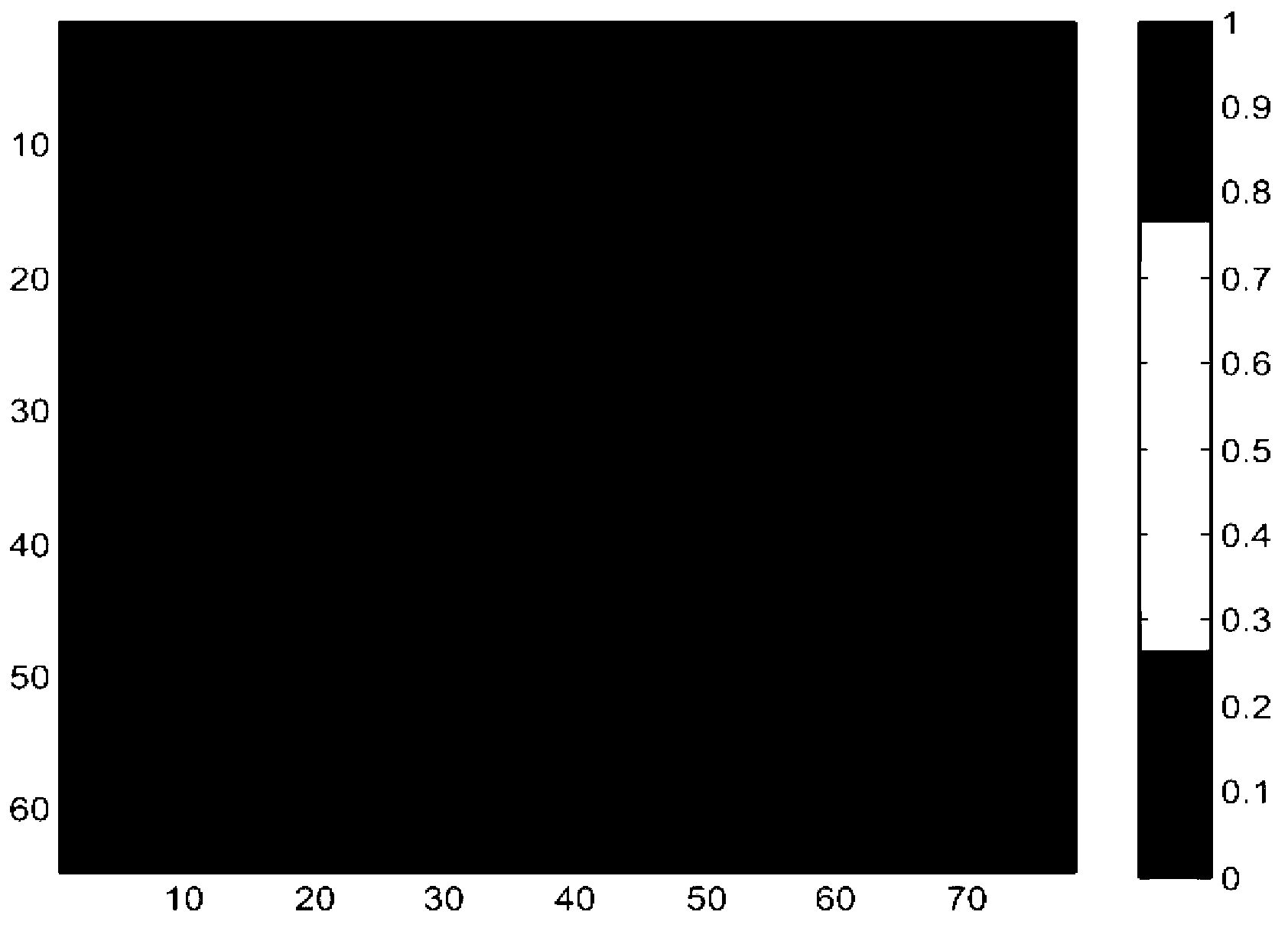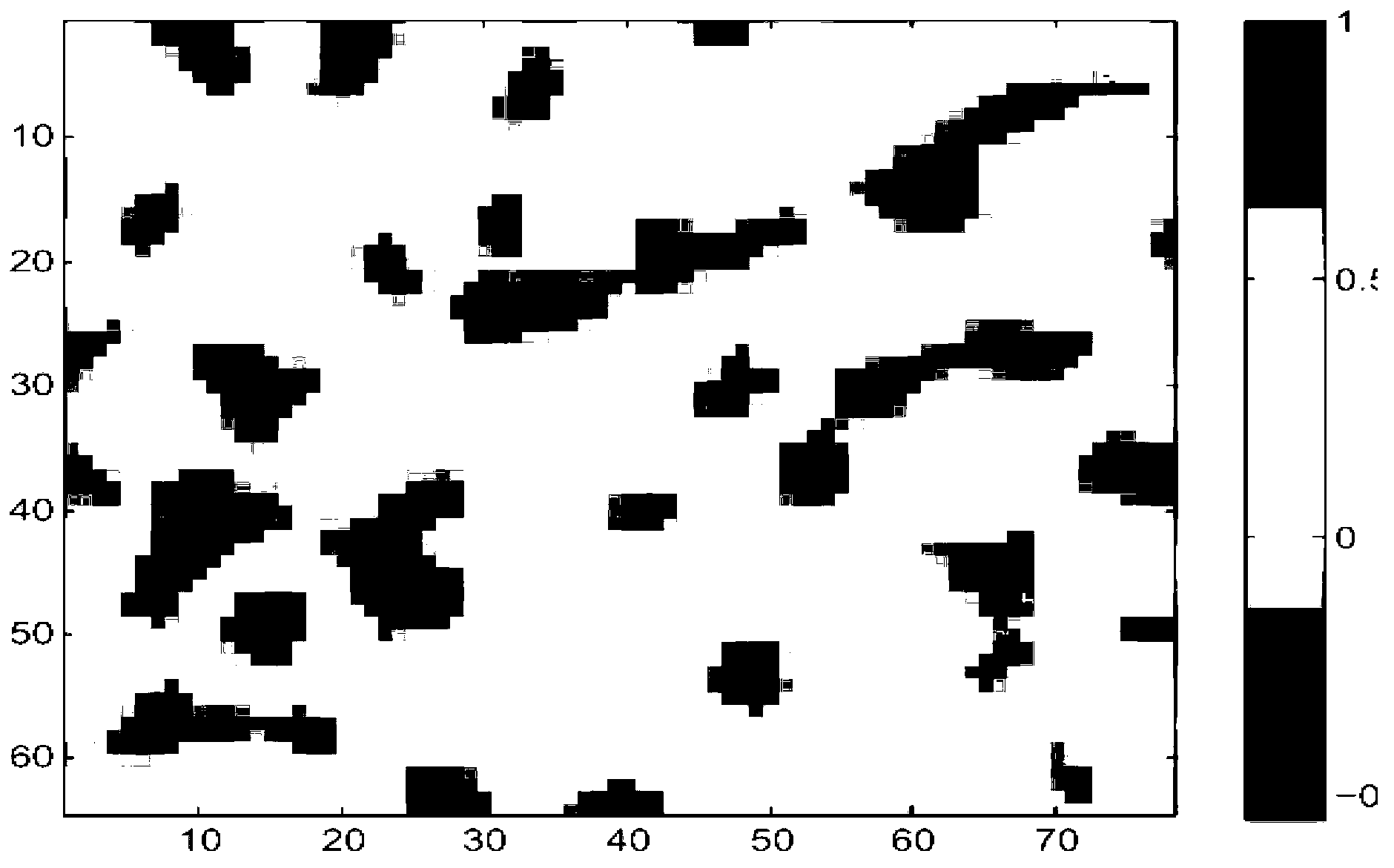Radio frequency tomography method base on background learning
A technology of radio frequency tomography and background learning, applied in the field of wireless sensors, can solve problems such as difficult to model RSS measurement values
- Summary
- Abstract
- Description
- Claims
- Application Information
AI Technical Summary
Problems solved by technology
Method used
Image
Examples
Embodiment Construction
[0058] The present invention will be described in further detail below in conjunction with the accompanying drawings.
[0059] A radio frequency tomography method based on background learning, comprising the following steps:
[0060] Step 1. According to the received signal strength of the wireless sensor network, use the mixed Gaussian background learning algorithm or the kernel density estimation (KDE) background learning algorithm to establish the distribution model of the received signal strength value (RSS) of each link, and determine whether each link is affected;
[0061] This embodiment takes figure 1 The given experimental scene is taken as an example. The experimental scene is an outdoor scene covered by a wireless sensor network, and the information is closely related to the location of the target. an area Covered by a wireless sensor network, N sensor nodes communicate with each other. Each node is placed at a certain position to form a 2-dimensional Cartesian...
PUM
 Login to View More
Login to View More Abstract
Description
Claims
Application Information
 Login to View More
Login to View More - R&D
- Intellectual Property
- Life Sciences
- Materials
- Tech Scout
- Unparalleled Data Quality
- Higher Quality Content
- 60% Fewer Hallucinations
Browse by: Latest US Patents, China's latest patents, Technical Efficacy Thesaurus, Application Domain, Technology Topic, Popular Technical Reports.
© 2025 PatSnap. All rights reserved.Legal|Privacy policy|Modern Slavery Act Transparency Statement|Sitemap|About US| Contact US: help@patsnap.com



